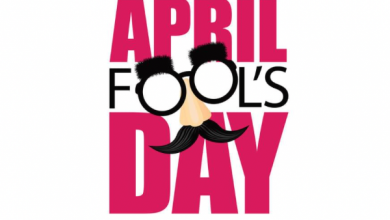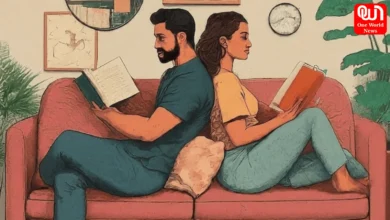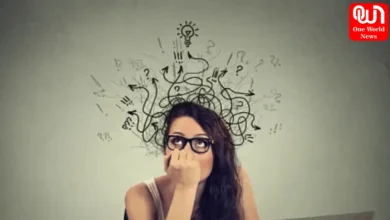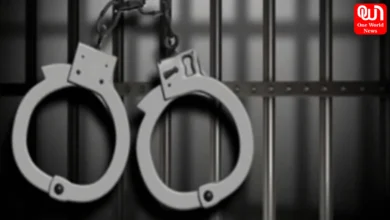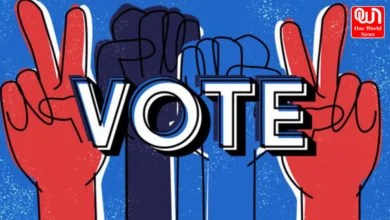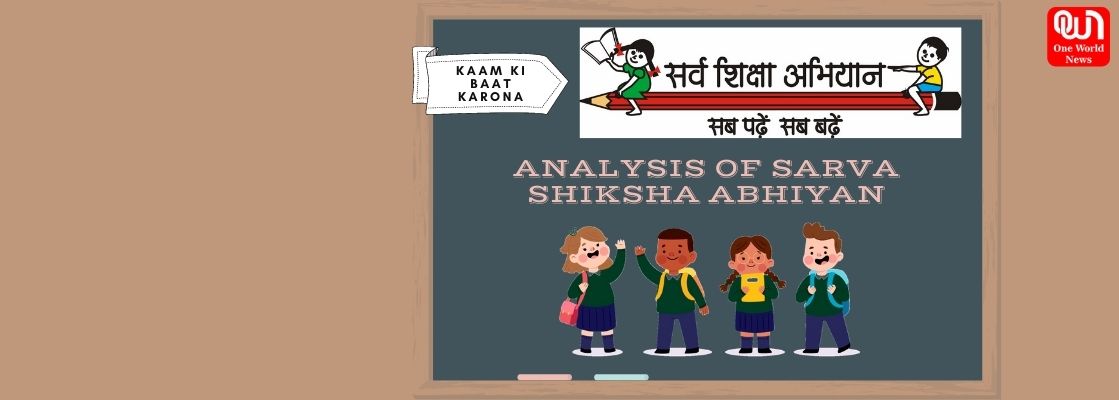
Sarva Shiksha Abhiyan: Analysis of the programme along with its impact and limitation
Education is the most important lever for economic, political and social transformation. A well-educated population, equipped with the relevant skills, knowledge and attitudes is essential for social and economic development in today’s world. Education is a key instrument for building an impartial and just society. It is also a powerful tool for socio-economic mobility. Due to colonialism, the majority of India’s population never got the opportunity to get an education. After independence, the country has been vigorously trying to better literacy in the country. In such efforts, India started Sarva Shiksha Abhiyan (SSA), a major flagship program for universalization of elementary education in the country in 2000-01.
After covering many programmes and schemes related to the health of Indians we are now moving towards education. In our Kaam Ki Baat segment, today we will explore this flagship education program, Sarva Shiksha Abhiyan, by understanding the program and the impact of it.
What is Sarva Shiksha Abhiyan?
Sarva Shiksha Abhiyan is the universalization of elementary education (first 6 to 8 years of child’s education) in India, which means that children get universal access and enrolment, and universal retention to education. It is also a means to bridge the social and gender gap in upper primary and primary education of adequate quality. It aims to make education free and compulsory to the children of 6-14 years of age by establishing education as a Fundamental Right, according to the 86th amendment to the Constitution of India.
Sarva Shiksha Abhiyan is implemented across the nation in the partnership of Central government with State Governments and UT authoritarians to cover the entire country and address the needs of 19.2 crore children in 11 lakh habitations.
The Sarva Shiksha Abhiyan opened new schools in those habitations where there were no educational facilities. It strengthened existing tool infrastructure through provision of additional toilets, classrooms, drinking water, school improvement grants and maintenance grants.
Existing schools which had insufficient teachers were provided with additional teachers. The capacity of teachers was increased by extensive training, academic support structure was strengthened at a cluster, block and district level and grants were provided for developing teacher-learning materials.
SSA was initiated to provide elementary education along with life skills and had a special focus on girl’s education and children with special needs. Sarva Shiksha Abhiyan also sought to provide computer education to the children.
Under the Sarva Shiksha Abhiyan, various other sub-programmes have been launched to better the situation of elementary education in the country. Here are some key initiatives under Sarva Shiksha Abhiyan.
Shagun portal: It is an Initiative to monitor the implementation of Sarva Shiksha Abhiyan. It has been developed by the Ministry of Education and has two parts. One is a repository of good practices where best practices are documented in the form of case studies, testimonials, videos, and images, which display success stories and State-level innovation. The second part of the portal is the online monitoring module to measure the performance at the state level, and progress against the key educational indicators to track the efficiency of the funds utilized under SSA and the results it is delivering.
Padhe Bharat, Badhe Bharat: It is a nationwide sub-programme of Sarva Shiksha Abhiyan, which is designed to help children who fail to read in early education or lag behind in other subjects by improving comprehensive early writing, reading and early mathematics programme for children of Class 1 and Class 2.
Rashtriya Avishkar Abhiyan (RAA): RAA was launched in 2015 to strengthen teaching-learning of science and maths in upper primary classes. It is an initiative to encourage and motivate children of the age- group 6-18 years, in Mathematics, Science and technology.
Vidyanjali scheme: This is a very good initiative of the Indian government which engages volunteers in Government schools called Vidyanjali. Volunteers are able to make an offering of knowledge to children in co-scholastic areas such as story- reading and telling. This nationwide programme was launched in the pilot phase across 2200 schools in 21 states.
Read more: Swachh Bharat Abhiyan completes 6 years, here is what the campaign has achieved so far
Impact of Sarva Shiksha Abhiyan
As per the data of UDISE (Unified District Information System for Education), Gross Enrollment ratio in the country is 98.85 per cent in boys and 101.43 per cent in girls at the primary level. The GER is 87.71 per cent for boys and 95.29 per cent in girls at the upper primary level.
Total enrollment in elementary schools rose to 19.76 crores in 2014-15 from 18.7 crores in 2009. The pupil-teacher ratio (PTR) has decreased from 32 in 2009-2010 to 25 in 2014-2015. Almost 63 per cent of the government schools in the country have PTR as per the Right to Education norms, which is 35:1 in upper primary classes and 30:1 in primary classes.
The number of children who are not enrolled in schools has come down to 61 lakhs from 134 lakhs. The average dropout rate has come down to 4.34 percent from 6.76 per cent at primary level. The transition rate from primary to upper primary has gone up to 90 per cent which was 85 per cent earlier in 2009.
The gender parity index has reached 1.06 at the upper primary level and 1.02 at primary level. The enrollment of SC children in elementary school is 19.80 per cent which is more than their share in the population (16.6 per cent).
Around 23.18 lakh children with special needs are now a part of the education system in India through home-based tutoring, school readiness programmes and by formal schools. Around 3600 schools have been opened under the Kasturba Gandhi Balika Vidyalaya (KGBV) component of SSA, which focuses to target the drop out girls from regions with low literacy levels and regions with a high share of minority ST and SC population. These schools have enrolled around 3.5 lakhs in the country.
98 per cent of the citizens in India have a primary school within 1 kilometer and 92 per cent have an upper primary school within 3 kilometers of their residence.
72.24 per cent of the schools have a ramp facility for specially-abled children. 58.44 per cent of schools have boundary walls and 54 per cent have a playground. 86 percent schools have kitchen sheds to cook mid-day meals.
Almost all the schools now follow curriculum reforms under the National Curriculum Framework which was proposed by NCERT. This includes change in assessment, pedagogy and teacher training to make the learning more rewarding.
Visit www.oneworldnews.com to read more such articles
What are the challenges?
The biggest problem is that these schools look good only on papers. In reality, things are different. Most of the schools that are constructed under this scheme do not have basic amenities like a separate toilet for boys and girls, drinking water, proper blackboards, benches/desks.
There is a huge scarcity of teachers in government schools. One can often observe the same teacher teaching all classes from classes 1 to 5. Attendance of these teachers are very low. Also, qualifications, skills and educational backgrounds of the teachers, who are recruited under this scheme are questionable.
Overall, it can be said that the scheme has definitely helped to enrol many children, almost everyone, but there is a serious lack of quality in education and infrastructure. The scheme needs to be reframed, revised and implemented honestly to get better results.
Umesh Sahni, whose three kids are enrolled in a government school in Bihar, said, “I have 10 kids, 3 to 4 of them are in primary level education. They are enrolled in school, but they hardly attend it. The school does not have basic facilities like drinkable water, a working toilet, proper classrooms. My children carry Bora (Plastic Bag) with them to sit on the floor as there are no benches and desks.”
Rameshar Bhagat, a parent of two, said “There are only two regular teachers for more than 200 children in the school. It is impossible for children to learn in such an environment. We send our kids only because they can have mid-day meals and other perks like money for bicycles and clothes.”
With the world moving towards digitalization, demand for quality education is increasing in India. At the same time, it can be observed that the required changes in the education system cannot be done in isolation. It needs collaborative efforts from central and state governments, private organizations and local government.
Have a news story, an interesting write-up or simply a suggestion? Write to us at info@oneworldnews.com

